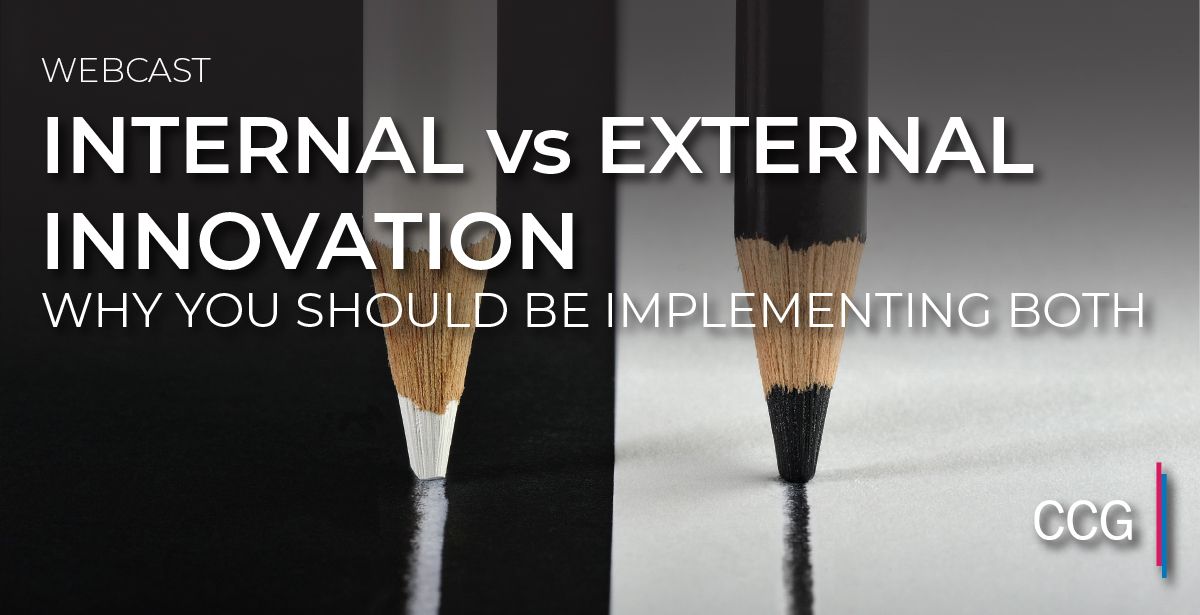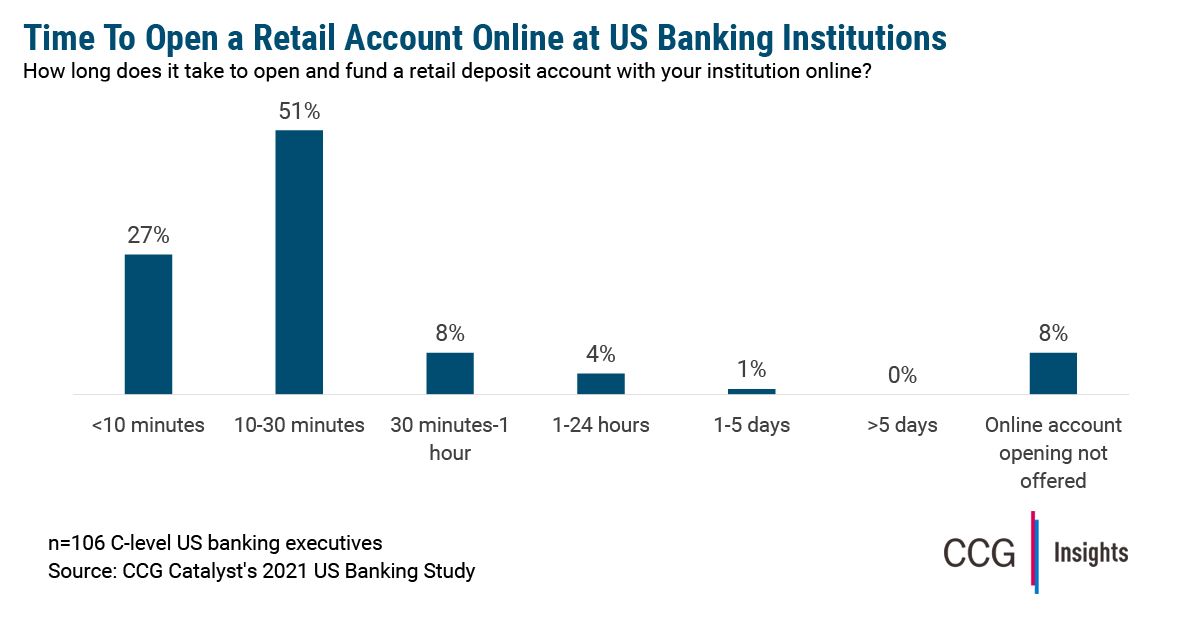Naveen Jain of CULytics on the Power of Progressive Credit Unions
Naveen Jain has been using his analytical chops to solve problems for credit unions for years. The number of credit unions has shrunk by almost 20% in the last five years, but the industry is not exactly in crisis. The most progressive institutions, Jain says, continue to grow their assets.
Part of being a progressive credit union is working successfully with fintechs. Credit unions bring highly trusted relationships with members, a viable economic model and crucially, for the progressors, a willingness to adapt and change. Progressive credit unions have the opportunity, through partnerships with fintech, to deliver groundbreaking technology to their members.
The fintech companies, on the other hand, bring agility and newer technology solutions. They work together by aligning objectives — which can be easier said than done. But a successful relationship will make the credit union competitive in acquiring new members. The key challenge, according to Jain, is remaining relevant to their members’ needs.
All this and more will be discussed at the 5th annual CULytics summit, taking place March 30-April 2 in Redmond, Washington. Jain will of course be there, as will CCG Catalyst CEO Paul Schaus, who is moderating the panel on credit union-fintech partnerships. Sign up with the code summit10 for a 10% discount.
Listen to the conversation with Naveen Jain below, and be sure to subscribe to the podcast on Apple or wherever you find your favorite podcasts.
Read the full transcript here:
Phillip Ryan [00:00:00] Well, everyone, welcome to this episode of Bank FinTech Fusion, which this episode we’re going to be calling Credit Union FinTech Fusion because I’m joined by Naveen Jain, Founder and President of CULytics. Welcome, Naveen.
Naveen Jain [00:00:12] Thank you Phil. Pleasure to be on your show.
Phillip Ryan [00:00:14] It’s great to have you here. So I know you came from a technology background. What drew you to financial services? What what was the particular problem that you set out to solve coming into financial services?
Naveen Jain [00:00:27] Sure. So. Right. For though I have been working in the High-Tech Space for almost 20-25 years before I started working for the credit union, I was with the large storage company EMC, and then I joined First Tech in 2014. And to be honest with you, it was more of an accident because I when I heard and met the CTO of First Tech, I was very intrigued by the position and the responsibilities and what they were trying to do. They essentially hired me as a one man army to drive that data analytics practice from ground up. And it was real fun time putting together the vision and strategy roadmap and then building the team around it so that we were able to start delivering value to the reach that we had that First Tech had.
Phillip Ryan [00:01:19] That’s great. And what is the most important thing that you’ve learned in your career, whether in financial services or outside of financial services?
Naveen Jain [00:01:27] I think a lot of times the challenge that I see in the organizations and more so with the credit unions is that they want to start, but they are not sure where to start. And I think that is where defining the vision is becomes very important. And of course, then you got to defining a vision for the initiative, data analytics, digital transformation or any initiative for that matter. This is something that you really cannot do it in a vacuum. You have to align with the leadership team. You have to understand what are the challenges, what are the opportunities in that business solutions from their point of view. And you have to align the rest of the organization before you start putting that vision into practice and to start executing against that vision for defining that vision is appears to be a single most important roadblock I would say in many organizations where they tend to make either the people investments, technology investments or other investments into initiatives without really having a clear definition of what is it something that they want to achieve? What is the definition of success? What is that way?
Phillip Ryan [00:02:39] Right. And is that vision something that is a major part of the conference? I imagine we’ll talk a little more about the conference later.
Naveen Jain [00:02:46] So I think the vision piece is something which is more done internally within the organizations. No conference can really help you define a vision for your organization. First thing is not only the leadership team is going to be there at the summit, but what it is going to do is that you will be aligned or you will be networking with other teams who have been successful on this journey. And as you start talking to them about how did you get to that point where you are finding value, what were the intermediate steps toward the failures that led you to that point where you are able to come and talk about your success at the event. That is where I think people will realize that the vision becomes so important. So it is kind of coming out as part of the networking so that you know, that when you are talking to your peers in the industry or when you are talking to top leaders in the industry, that what was the process that they used or adopted so that they were able to drive value in their respective organization? That’s a tough question.
Phillip Ryan [00:03:58] Yeah, that makes sense. That makes sense. What’s the greatest challenge facing you at CULytics right now? I guess another way of putting this might be what’s the greatest challenge facing credit unions right now since you’re so entwined with the space?
Naveen Jain [00:04:14] Absolutely, I think what you are saying is right, it is definitely a defining moment in many ways for the whole industry and more so for the credit union industry. The number of credit unions that we have is shrinking, though the number has shrunk by almost 20 percent in the last five years. And at the same time, some of the most progressive credit unions continue to gain the asset share and the member share and continue to grow. One see, one thing that we see is that how can we continue to be relevant and why the financial services to the community and to the members in a manner using a channel at a time that is most important for them? I think that whole relevance part is something that is the key challenge. I would say that the credit unions are trying to overcome or trying to solve, because that is the key in some ways to their future and to the industry as a whole.
Phillip Ryan [00:05:19] Right. And what is the focus of this podcast? Of course, as I mentioned, is financial institutions and fintech companies working together. What’s the key to credit unions working with Fintech companies and does it tie into that challenge you just described?
Naveen Jain [00:05:34] I think so. I think so. There are when we look at fintech companies and when you look at credit unions, the key is how should they partner together so that is a win win outcome from the partnership. So, of course, it starts with the alignment on the objectives, understand what are the objectives for the credit union and how are fintechs going to help them in achieving those objectives. I see that each side has their own strengths that they bring to the table. For example, what credit unions bring to the table is highly trusted relationship that they have with the members over the last few decades. They have a viable economic model. And also the important thing is, especially for the most progressive credit unions, is that they are willing to adapt and change. They’re willing to make the changes so that they’re able to engage with the members at the level that they expect them. On the other hand, what fintechs bring to the table is that they bring the agility. They bring the newer technology solutions and how the partnership between those two can lead to a win win allowing credit unions to be more competitive in this marketplace, allowing them to be relevant around the financial services that the members or customers are looking for.
Phillip Ryan [00:07:04] And what does success look like for credit union partnerships with fintech? I guess from both sides, from each side, it might be slightly different. Success might look slightly different.
Naveen Jain [00:07:14] You’re right. I think from the credit unions perspective, one of the big things for them is that when they are partnering with fintechs, they still want to continue. They should want to continue to be that fees and they should continue to be that relationship manager with that, with their members. So they should not or most of the credit unions would like to be in a spot where the members know them, the members are able to engage with them and to consider them when they are making the financial decisions in their life. So they from a fintech partnership perspective, they don’t want to be rendered as a peer to relationship manager, where the primary leadership is managed by fintechs and credit unions are more of the utility that is being used to deliver that experience or manage that relationship. So to me, credit unions are able to be that one relationship manager with that member that is a big win. And this win allows them to compete better in the marketplace against their competitors or other fintechs were open. From the credit union, from the fintechs perspective on the other hand, I think the value of this partnership is multi force. One, is that the lot of the resources are limited from fintechs perspective and they are looking to work with a financial partner or FI partner who can help them fast track the whole process of EOC, implementation and so on. Given that credit unions are small, they have less complexities. Given the bureaucratic cycles, especially in the bigger categories of most progressive credit unions, I would not say bigger, but I would say the more progressive credit unions, the shorter the leadership team is lot more willing to experiment and see what works or doesn’t what. They will see a real good partner who can where they can use that technology, make it work and then find ways to scale it. If they work right, if they were to do a similar thing at a bigger financial institutions, the whole sales process might be multiple quarters or years, whereas at a credit union the whole process might be a lot more smoother. I would say.
Phillip Ryan [00:09:40] Yeah, how is it that credit unions are able to reach that decision so much quicker than, say, community banks?
Naveen Jain [00:09:47] I would say I have to be honest with you, I don’t really have a whole lot of exposure experience with the community banks, but at least of the bigger banks, I would say when we talk about the bigger banks, I think that whole organization is huge. There are a lot more complexities that it is a lot more bureaucratic. Therefore, the decision making process is going to be amazingly different. Let me give an example. At first, when we implemented a marketing automation software, we, of course did a vendor evaluation and ultimately we decided to go with one of the top tier marketing automation solution that is available in this space. We were able to do a super integration with that whole banking and have our first campaigns running in a matter of one quarter. A similar initiative at other bigger institutions, I have seen them taking multiple years of multiple quarters, multiple years. So given that credit unions are smaller, as long as the leadership team is passionate and able to invest and make the decisions, I think they can move it a lot faster. And I think that is where I see they have in some ways a competitive edge.
Phillip Ryan [00:11:01] Right. And I think a lot of times in the past, the heads of credit unions, the heads of all financial institutions, have thought that fintechs are trying to take the customer experience away. But that’s not necessarily the case anymore. Right. The fintech outlook is changing a bit.
Naveen Jain [00:11:16] I don’t I don’t know whether we can really put all the fintech into one bucket. And I don’t think that we can really say that all that’s out there will not render credit unions to becoming a utility company. But they are providing those financial services, but they are not really at the forefront of managing that relationship with the members. So it depends what I think for the set of fintechs, which I see are a good fit for credit unions, they are the ones which are providing the technology, helping the credit unions compete better in the marketplace while ensuring that the credit unions are the one who are managing and maintaining the relationship with the members so that next time when a member has a different need, they are thinking about that credit union first rather than going to someone else.
Phillip Ryan [00:12:05] What new technology are you keeping your eye on that you think could have the greatest potential benefit for financial services?
Naveen Jain [00:12:12] Actually, what you are seeing is so interesting, and I think what I see is that instead of thinking about the technology, I typically tend to think more about the applications, and that is what is more interesting. So, for example, the technologies of some of the technologies like social mobile APIs and all of those things have been in place for long. But how some of the newer organizations are reinventing the way to engage with the members, removing the barriers or automating some of the mundane tasks or bringing the intelligent decision making. And especially bringing it in front of the members when they are making the decisions, putting the power in their hands. I think those are the key. So to me, it is more about the ability to integrate different data sets, different applications and provide that application. That is that is making it easier for the members to do business with the credit unions being in front of the members when they need us the most, automating some of the mundane tasks that members don’t even need to think about doing some of those things manually. So, for example, when I travel, my credit card will automatically say that your card is enabled for travel. You don’t need to call them and you need to set up the alert and those type of things. So that is where I see the application of the huge potential. And I think card was just an example. But there are huge opportunities in the whole audit commission process. For example, when we think about mortgages, I know that when people are applying for new mortgages or they to refinance? The time it used to take a few years back has significantly reduced now. And now is still I think there are times that you have to have the notary, you have to sign in front of them and all of those things. But how can you really integrate those widgets or applications, make that process easier? There are e-signatures, there’s no need for notary people and do those type of things on their own time with the least friction. And I think that is where the real power goes.
Phillip Ryan [00:14:27] Right. I was going to ask you about that because I know you’re a data analytics guy. So what other advances are you seeing in terms of credit unions using data and analytics to power the member experience?
Naveen Jain [00:14:40] You know what? This is where I would say that people should really come to the 20/20 summit. We have more than 40 speakers sharing that case study stories from all over the nation. These are credit unions of all sizes, some which are already less than five hundred million asset to a 20 plus billion in asset size. There is a Commonwealth credit union, they will be shooting the story around how it made their whole loan origination process so simple for members where they are seeing double digit growth in the members in the loan mortgages. Similarly, some credit union is going to be sharing their stories around how they are using data and innovative ways to work with different business functions that are very interesting. Keynote sessions, one from Andrew Doeleman, which I am very passionate about. He will be talking about how credit unions should think about relationship and not about the transaction, because a lot of times when we are working with our members, we tend to take it as a transactional relationship. But I think instead of focusing on the overall relationship that we have members that goes a long way. So we have 40 plus speakers. And this is going to be the real power of coming to the event and hearing what are some of these credit unions doing? There is one section in particular and the section which Paul is going to be moderating and it is going to be about partnering with fintechs. What other things? And that is where I think we have on the panel, or that is Kevin Lendell from Patelco credit union. They have done some amazing work. They have grown significantly in the last few years, almost doubling their asset size in the last four or five years. We have Ben Lyndel he is a board member of Verity Credit Union, and he will be providing the perspective from the board what is going on in the mind of boards, board members when they are thinking about the investments that need to be made in the data analytics and the digital and transformation space. And then, of course, we have Nick Ambrosini, who is the CFO at Valley Strong Credit Union, and he will be sharing his story around partnering with fintechs and how they go about finding, do due diligence so that it is a win win relationship that they can be successful with.
Phillip Ryan [00:17:14] Right. So for our listeners, we’re talking about the CULtyics Summit, which is March 30th to April 2nd in Redmond, Washington. And Naveen is referring to a panel on which the CGG Catalyst CEO, Paul Schaus, is speaking and we’ll put more information about that conference along with this podcast so you can you can follow the link and learn more about it there. So, Naveen, final question before I let you go. What do you see as the future for credit unions 10 years from now? Of course, it’s a long time away. But I know you’ve got as good an idea about this as anyone.
Naveen Jain [00:17:52] A few interesting things. And I think what we are seeing especially when we host this event, which has become a magnet for the most motivated credit union leaders in the industry coming from the progressive credit unions all across the nation. We are seeing very different trends. What we are seeing is that credit unions are a lot more open about change than not. That change is the only permanent thing. So they are willing to invest into data analystics, digital marketing and digital transformation as a whole into process automation’s. Basically, they’re looking to invest into transforming each and every business function, whether it branches, call center, lending you name it. And they realize that it is important. So we will see more of those investments in the next few years. How is it going to change the industry as a whole? The way I see is that the number of credit unions is already shrinking, but at the same time the total asset for the industry as a whole is growing. And I see the debt rank I see continues will continue. We will see that credit unions who are not with who our leadership being executed have been a lot more open minded, progressive, ready for change, will continue to invest into this area and they will continue to reap the rewards as a result of those transformations that they’re putting in their respective organizations. The credit unions who are either slow or they have challenges in driving those transformation initiatives will have a little tougher time in the marketplace. And I think that is where the market as a whole is going to evolve. As far as the relevance for the credit union goes, I do think that they will continue to be relevant. They have been a very important part of the financial health of the community in which they exist, and that is something that is not really going to change. So credit unions will continue to be relevant and play a very important role in the upcoming years when we think about the financial health of the industry.
Phillip Ryan [00:20:02] That’s great. Naveen, thank you so much. I really appreciate you coming today.
Naveen Jain [00:20:06] There is one more thing I would like to mention.
Phillip Ryan [00:20:08] Please, go ahead.
Naveen Jain [00:20:09] Yeah. So we we have a promo code. It is Summit, Summit10, and it will get you 10 percent off the registration. So if you are listening to this podcast and if you’re planning to come to the 2020 Summit, please do so now. This code is valid until the end of this month, February. So we should try to make use of this. And I’m sure that you would have a fantastic experience while you were at the Summit. Thank you so much.
Phillip Ryan [00:20:42] That’s great, Naveen. so that code was Summit10.
Naveen Jain [00:20:46] Yes.
Phillip Ryan [00:20:47] Remember, CULytics is March 30th – April 2nd in Redmond, Washington. So we’ll hope to see you there. And if you enjoy this podcast, I hope you’ll please subscribe wherever you listen to your favorite podcasts. Thank you, everyone. Talk to you later.
Naveen Jain [00:21:02] Thank you so much.
Subscribe to CCG Insights.







